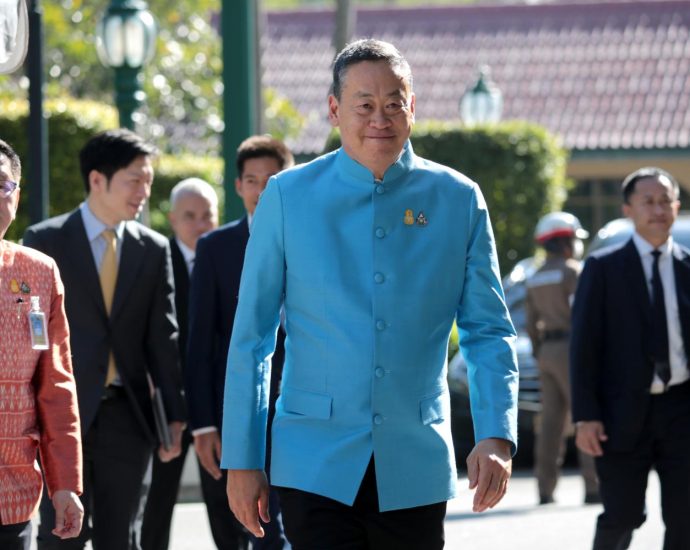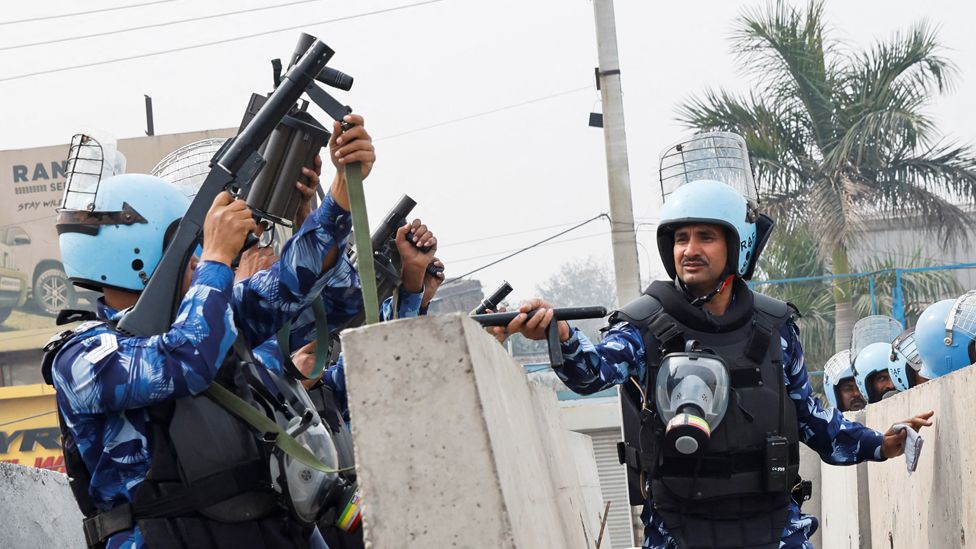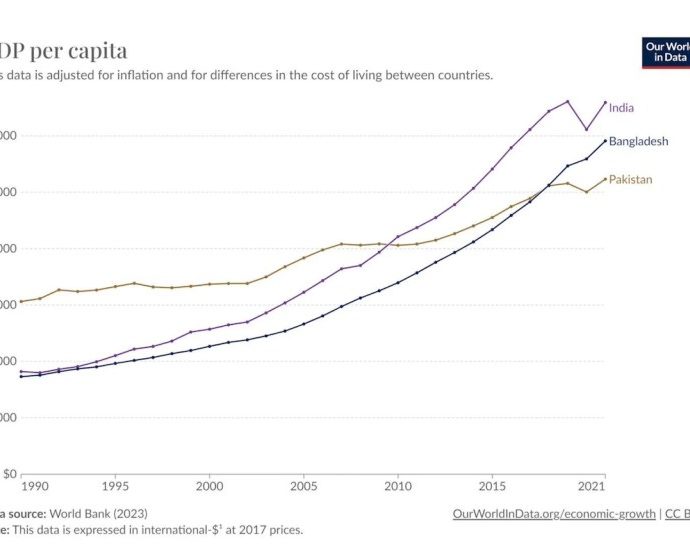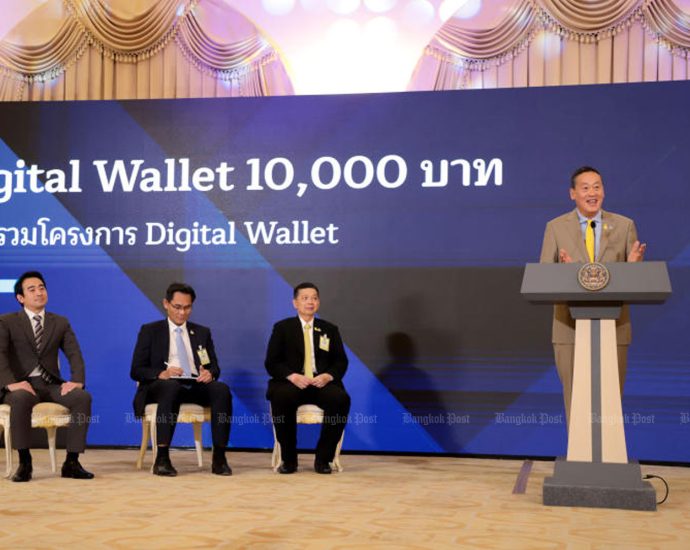Many cops in serious debt
PUBLISHED : 22 Feb 2024 at 06:07

Many police have fallen into debt totalling some 300 billion baht and most are on the verge of bankruptcy, said national police chief Pol Gen Torsak Sukvimol.
He was commenting in response to questions posed by the House committee reviewing the 2024 annual budget expenditure bill.
On Tuesday, the national police chief was called to answer the panel’s queries over the budget allocated to the Royal Thai Police (RTP) worth 117 billion baht.
In “opening up” to the committee, Pol Gen Torsak said many officers were in bad shape financially, having accrued some 300 billion baht in debt, and are in danger of being declared bankrupt. They were struggling to even own a house.
“Regarding welfare housing, I am asking for a budget to build central flats for officers. If their living conditions improve, they will feel more motivated to serve and protect the people,” said Pol Gen Torsak.
“Senior officers urge junior police to be more spirited in their work maintaining peace and order. However, officers’ quality of life must also meet certain standards.
“Every project undertaken by the RTP is accountable and transparent. If there is something suspicious, I will not sign it,” said Pol Gen Torsak.
He also pointed to a manpower shortage due to the Covid-19 pandemic in the past three years. A police station near Bangkok has space for up to 200 officers, for example. However, only half of the positions are currently filled.
The station, meanwhile, had to serve around 400,000 people in the communities under its jurisdiction, including the unregistered population.
Also, Pol Gen Torsak told the media that he has various units seeking ways to resolve the shortage of police investigators. He attributed the problem partly to other state agencies having borrowed police investigators to work for them.
He said replacements in several positions were needed to prevent the shortage worsening.
But until the shortage is resolved, police stations have had to reassign some staff and send others to work elsewhere to stations running critically short of staff.






































